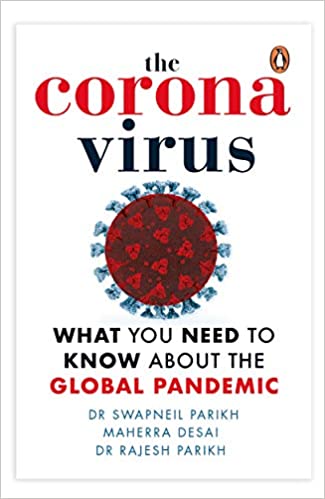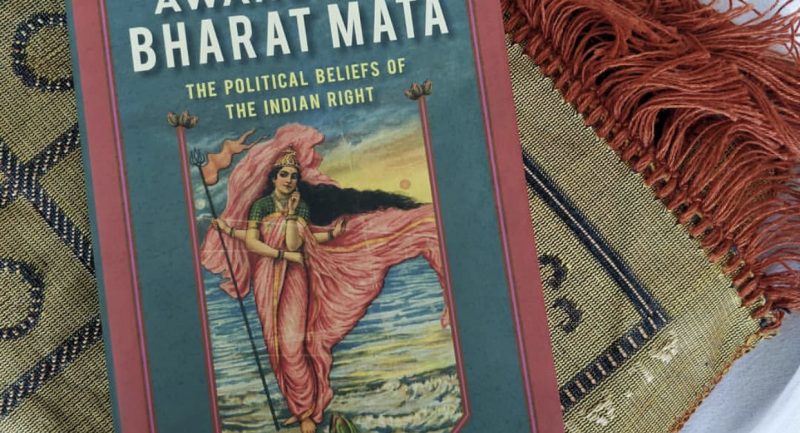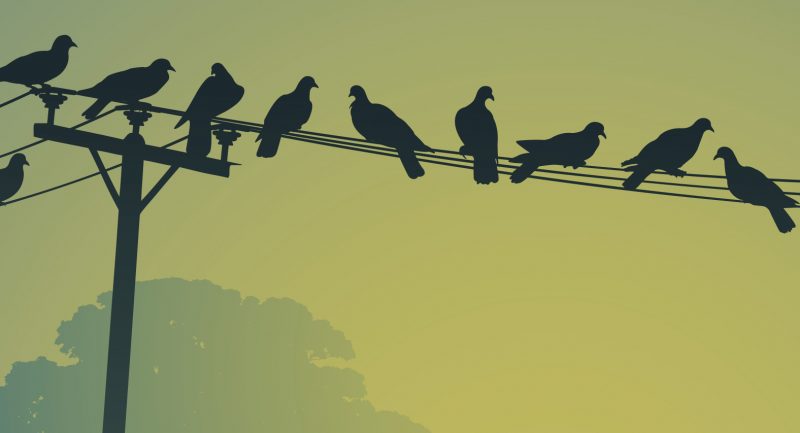
‘Social media and technology are not agents of change. They are just tools. We the connected people are the agents of change.’
—Stuart J. Ellman
In The Coronavirus: What You Need to Know about the Global Pandemic¸ authors Dr. Swapneil Parikh, Maherra Desai, and Dr. Rajesh Parikh recall a haunting video of Wuhan, wherein a desolate woman bangs a gong in her balcony and cries: ‘There’s nothing I can do, please can someone come help us. Help! Somebody please come!’ Even though it was deleted within a day, it managed to mobilize and alert a huge population of the crisis.
Since 2004, following the inception and launch of Facebook, human interaction has changed drastically. The digital age has played a significant role in generating information, awareness, responses and collective strategies for this pandemic. In a time where it is more necessary than ever for the world to stay connected, social media and the digital age have risen to the occasion.
Personal Stories and Unofficial Reports: Alerting the World from China
In the Chinese province of Wuhan, where the epicenter of the virus lies, Ophthalmologist Dr. Li Wenliang tried to warn his groups on WeChat about a possible outbreak on 30th December 2019. It garnered a lot of traction across social media channels, which resulted in him reprimanded. He eventually died of Covid-19 in early February; and was hailed as one of the earliest whistleblowers in China.
As the crisis in China unfolded, social media revealed its world-shaping power by enabling a decentralized record of humanity and human interaction accessible to anyone with an Internet connection. This record is maintained on smartphones in pockets, computers in bedrooms and massive data centres all over the world. In China, authoritarian leaders have tried desperately to censor and control this record. However, their attempts have only revealed that while an individual’s truth is powerful, a society’s collective truth is unstoppable.
Through social media and many unsung heroes, we learnt of the true scale of the outbreak. Users shared horrific stories, images and videos in WeChat groups and on Weibo. The videos depicted heartrending, heart-breaking scenes of patients pleading for help and families crying and grieving over their dead. Social media posts shared personal stories of what it was like to live in the epicentre of the outbreak. In one video, a lady in her forties, without a mask, without her face censored, shielded only by her courage, cried in desperation ‘Nobody cares about our lives, ordinary people’s lives. You cannot get medicine, even if you are rich. You cannot get a hospital bed, even if you have money.’
Other users posted horrific scenes of Chinese law enforcement teams in hazmat suits dragging people from their homes and locking them in small boxes loaded on trucks. No one knows where they were taken. Videos depicted trucks, aerial vehicles and numerous workers spraying roads and pavements with disinfectant. A once-busy city looked like a deserted ghost town with empty streets and shuttered stores.
Besides keeping the world informed of the experience of the people of China through the outbreak, social media provided organizations like the WHO and CDC actionable data about the outbreak. According to the WHO, over 60 per cent of initial outbreak reports were from ‘unofficial informal sources’. Were it not for social media, it is possible that the Chinese government would have been less forthcoming with information about the outbreak.

The Coronavirus: What you Need to Know about the Global Pandemic
Dr Swapneil Parikh , Maherra Desai , Dr Rajesh Parikh
Enabling Research, Novel Tools, and Real-time Information
During the COVID-19 outbreak, social media platforms have been extensively used to access accurate information from the WHO and CDC. News outlets have used Twitter and Facebook to keep users informed of the latest statistics about the disease. YouTube has provided access to a tremendous number of excellent videos about the virus and the disease.
The CDC routinely tracks tweets and Facebook posts for signs of a disease outbreak in various parts of the world. Using social media, they follow digital epidemiology to better understand the disease. Google tracks search trends; a spike in specific search terms can detect public health concerns or epidemics.
Social media platforms also provide scientists and researchers with new tools to access new data sets and to share information in real time. A team at the Center for Systems Science and Engineering (CSSE) at Johns Hopkins University built an interactive dashboard to visualize and track reported cases of the COVID-19 in real time. They obtained their data from DXY.cn, a Chinese healthcare social network.
Information available on social media has also enabled a new era of digital epidemiological research. Researchers at the US National Institute of Health used a new approach to study the epidemiology and progression of the COVID-19 outbreak. The novelty of their approach was the reliance on social media and news reports for data.
The Other Side: Myths and Misinformation
During the initial phase of the COVID-19 outbreak, there was little factual information. Social media content creators churned out half-baked theories and blatant falsehoods. As has been observed in past outbreaks, the absence of reliable information coupled with an increasing death count results in panic, confusion and the suspension of critical thinking and fact-checking abilities.
By February 2020, this reached such a crescendo that the WHO declared a ‘massive infodemic’ of COVID-19 misinformation. The WHO leveraged the same tools causing the infodemic to quell it. Further, these tools came in handy for WHO to make information more accessible to the public at large. It created simple infographics and content and shared accurate information on their social media handles. social networking platforms including Facebook, YouTube, WhatsApp, Weibo, Twitter and TikTok, took it upon themselves to clean up their sites. They used fact-checking agencies and AI-based tools to screen misinformation, which was deleted, and redirected visitors to more reliable and accurate information sources.
*
These times are unprecedented and have called for real-time information and communication across the globe for strategy, safety and survival. Even though there have been downsides to social media, in terms of inducing panic (or false sense of safety) through misinformation and propaganda – the larger world has definitely benefited from the accessibility of information social media has been able to present.
On a personal and human level – social media and digital platforms have also helped us stay connected. Community and human support have not been hindered due to isolation and quarantine strategies. Although the future is still uncertain – survival, to a large extent, has been made possible through social media.
The Coronavirus: What You Need to know about the Global Pandemic brings together medical experts Dr. Swapneil Parikh, Dr. Rajesh Parikh, and Maherra Desai, to present a timely and reliable narrative on the Covid 19 pandemic and possible ways forward.









